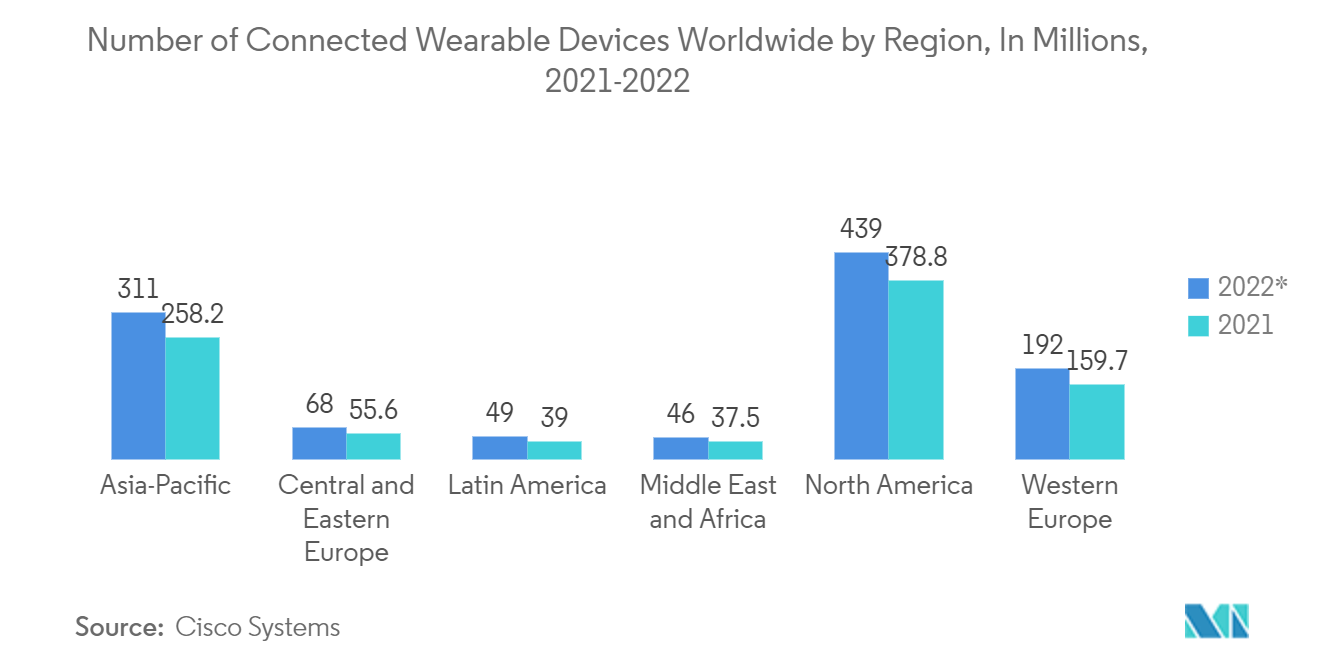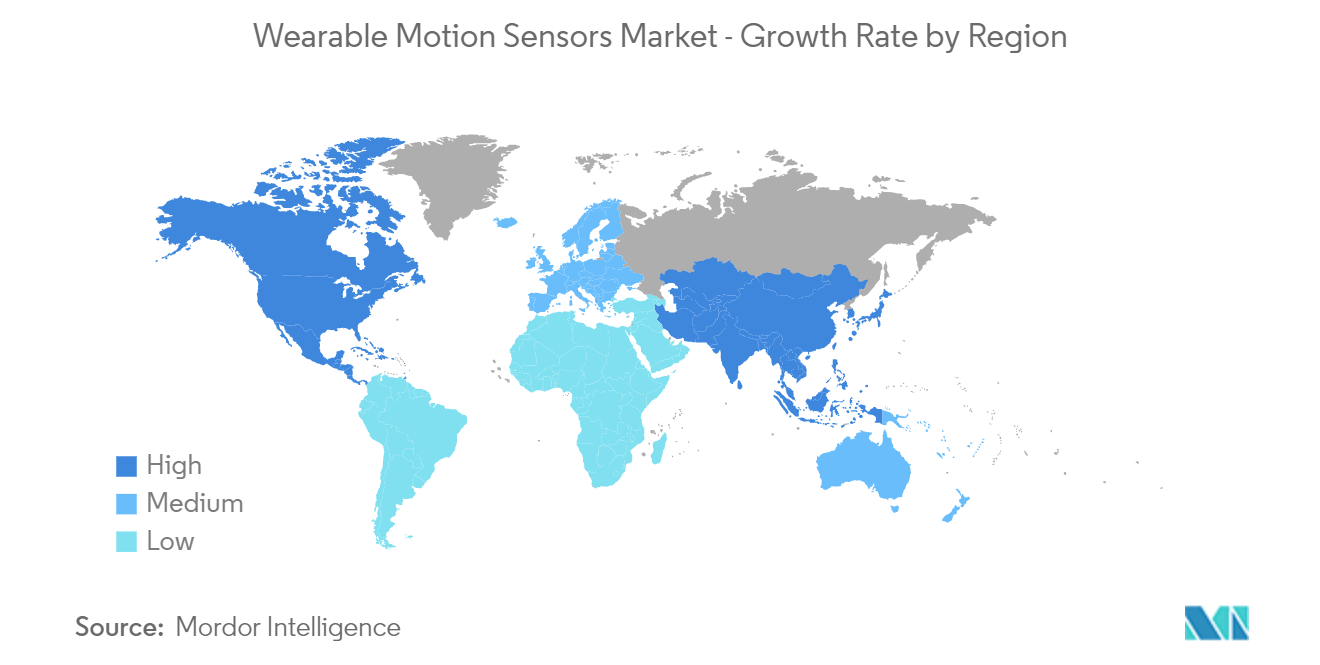Market Trends of Wearable Motion Sensors Industry
This section covers the major market trends shaping the Wearable Motion Sensors Market according to our research experts:
Consumer Electronics Segment to Hold Significant Market Share
- The micro-electro-mechanical sensors (MEMS) that have been developed for wearables as technology has advanced and are influenced by the impact of smartphones being used daily, such as GPS or inertial measuring unit (composed of accelerometer, gyroscope, and magnetometer) sensors. This has helped fitness-tracking wearables revolve around these sensors exclusively.
- For instance, Nintendo Switch Labo edition Joy-cons possess default sensors in the accelerometer and gyroscope, which are usually found in consumer wearables. Joy-cons and cardboard combine to build artificial wearables, such as robots, to apply to a gaming function. It is usually Nintendo's way of breaking barriers for future generations (who are more involved with technology at younger ages) in immersive experiences with simplified custom wearable tech.
- Accelerometers are motion sensors used in wearables. Their brand of acceleration, such as gravity and linear, demonstrates their sensing capabilities. Meanwhile, their measuring ability enables the programming of measured data for different purposes. For instance, a user who runs can access their top speed output along with acceleration. Further, accelerometers can track sleep patterns like smartwatches and wristbands, thus driving the demand for wearable motion sensors in the consumer electronics segment.
- An accelerometer sensor takes inertial measurements of position and velocity. Usually, on three axes, it can sense the body's inclination, tilt, and orientation. Naturally, this is very important for any fitness tracker as most steps taken by the individual will be recorded by this sensor. The increase in demand for fitness trackers and wellness monitors is a crucial factor driving the demand for wearable motion sensors in consumer electronics.

Asia-Pacific to Witness the Significant Growth
- The Asia-Pacific region is expected to witness significant growth during the forecast period, owing to increased awareness of wearable devices and rapid urbanization. Furthermore, this region is home to some of the significant manufacturers of sensors and semiconductors, which is expected to propel the market growth further.
- Several big enterprises and various new players in countries like Japan and China are investing hugely in sensor technology advancement due to the adoption of different wearable fitness and health tracking devices among people and their growing popularity. With the development of precise sensing technologies and the miniaturization of sensor technology in wearables from original equipment manufacturers in the Asia-Pacific region, the market is anticipated to grow even further.
- In September 2021, IIT Guwahati researchers developed a novel water-repellent material for real-time monitoring of human movements. Wearable motion sensors are used explicitly for the physiological monitoring of human activity. These sensors are used for gait analysis, understanding human and machine interactions, and monitoring patients during rehabilitation. Such motion sensors are typically made of materials that convert the mechanical strain from movement into electrical signals that can be detected.
- Also, Original Equipment Manufacturers (OEMs) are making a significant contribution to the development of inertial measurement units and MEMS technology to provide greater accuracy while keeping the price lower for these products, which is one of the factors for the increased adoption of wearables in this region.


